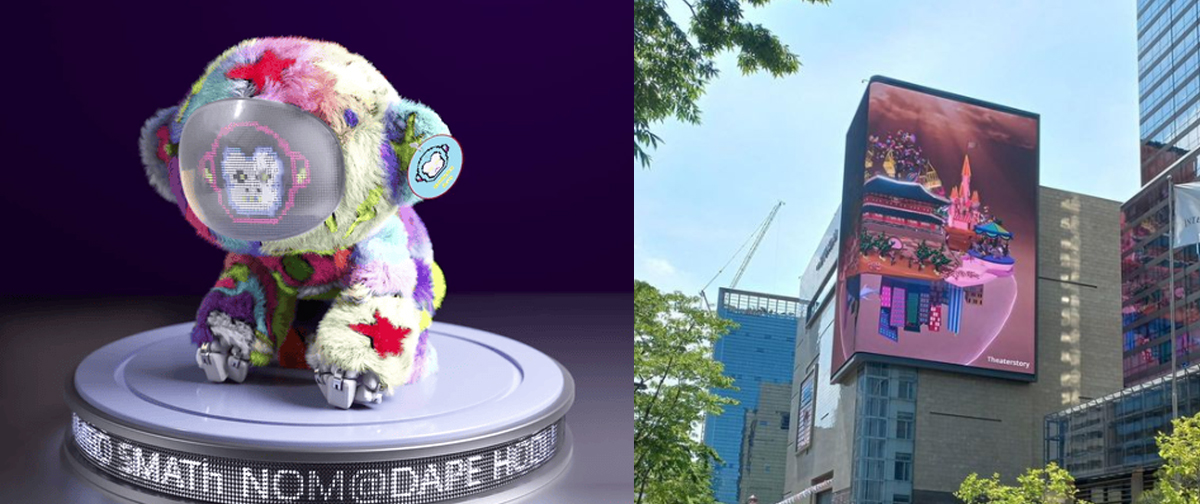방문해 주셔서 감사합니다.
SEARCH
R&D
R&D
Medical Art
We are pioneering Medical Art as a convergence of healthcare, technology, and creative design. This field explores how visual expression and digital art can enhance medical education, patient communication, and therapeutic environments. Our R&D initiatives focus on creating medical illustrations, immersive VR/AR simulations, and interactive content that simplify complex medical knowledge and improve the overall patient experience.
• Key Directions: Medical visualization, AR/VR-based surgical training, patient-friendly health communication tools.
• Impact: Enhances the accessibility of medical knowledge, reduces patient anxiety, and supports professional training through creative innovation.

Scenography
Scenography is the art of designing space and experience, combining technology with aesthetics to create transformative environments. Our research focuses on developing immersive media art installations, stage design solutions, and interactive environments that respond to movement, sound, and light.
• Key Directions: Medical visualization, AR/VR-based surgical training, patient-friendly health communication tools.
• Impact: Enhances the accessibility of medical knowledge, reduces patient anxiety, and supports professional training through creative innovation.
3D Character & IP
In the era of digital storytelling, 3D characters and intellectual property (IP) form the backbone of global content industries. Our R&D activities involve designing unique 3D characters, developing proprietary IPs, and creating cross-platform assets for animation, gaming, film, and virtual platforms.
• Key Directions: Character modeling and rigging, AI-assisted animation, brandable IP development for global licensing.
• Impact: Generates sustainable business value through original IP creation, expands cultural exports, and establishes competitiveness in the global entertainment and metaverse industries.
UX/UI Design
User Experience (UX) and User Interface (UI) Design are essential in bridging technology with human-centered usability. Our R&D focuses on developing intuitive, inclusive, and aesthetically refined digital experiences that enhance engagement across apps, websites, and smart devices.
• Key Directions: Human-centered design, accessibility and inclusivity, AI-powered adaptive interfaces.
• Impact: Improves usability and customer satisfaction, fosters brand loyalty, and ensures that innovation remains grounded in real human needs.
